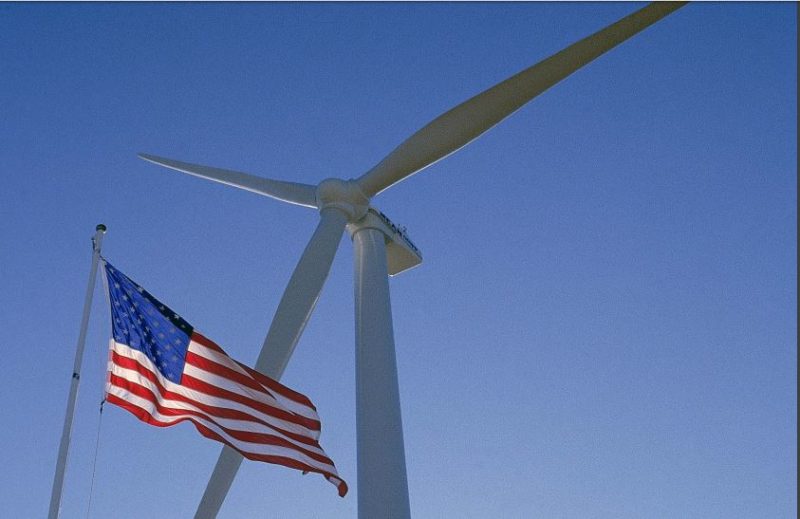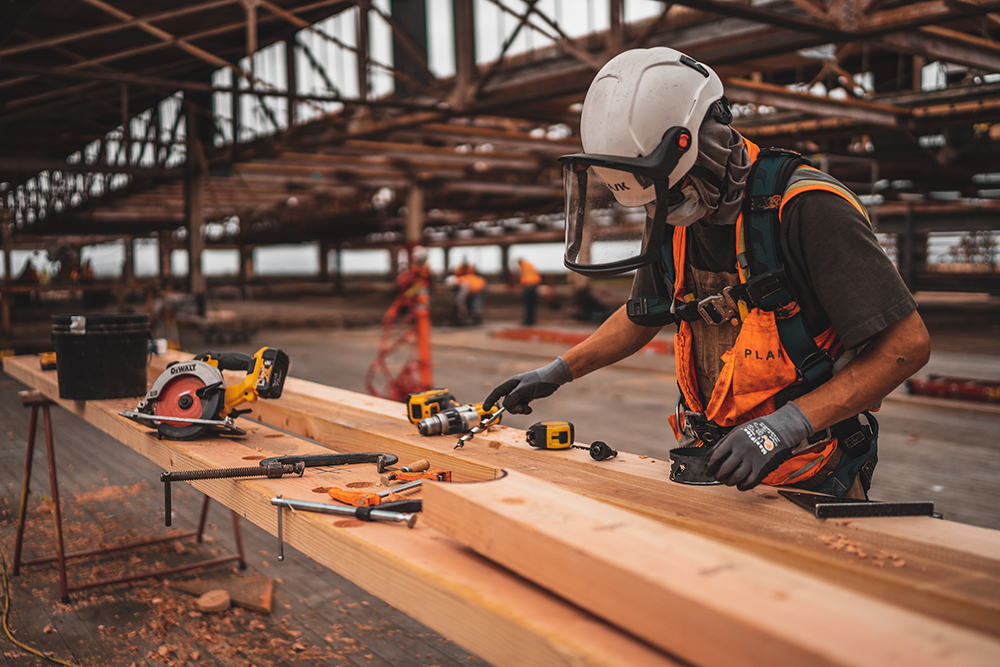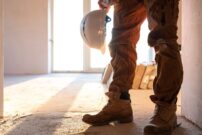How the American Clean Energy and Security Act Impacts for Building Material Manufacturers Today


Brian Jeffries
Brian Jeffries, a seasoned BPA Advisor. Brian is dedicated to sharing his wealth of knowledge on construction projects and materials. With a focus on architecture and building envelopes, Brian contributes valuable insights that shape the discourse around innovative construction practices and materials.
Today's manufacturing facilities are under constant pressure to increase efficiency and reduce costs. In order to compete in the global economy, manufacturers must lower their operating costs while still providing customers with the best products at the lowest possible price. In most cases, these goals can be achieved by using more energy-efficient technology and manufacturing processes, as well as more cost-effective raw materials and finished products.
Several key provisions in ACES affect manufacturers, including the creation of new excise taxes on certain building materials and equipment used in manufacturing, a requirement for utilities to generate 20 percent of their electricity from renewable energy sources by 2020, and a phaseout of incandescent light bulbs over time.
What is the American Clean Energy and Security Act?
The American Clean Energy and Security Act of 2009 (ACES) is a major piece of legislation that will significantly impact manufacturers for years to come. There's a cultural shift to work towards more sustainability, which needs to be incorporated in nearly all businesses. This is one of the main purposes of the ACES.
New Excise Taxes on Building Materials and Equipment

The American Clean Energy and Security Act will impose a 4-cent per gallon excise tax on certain building materials, equipment, and products used in manufacturing. These items include cement, fiberglass, gypsum board and drywall, insulation, metal building panels and windows, roofing materials such as shingles and shakes, and equipment used in the construction or renovation of buildings using these materials.
According to the National Business Group on Climate Change (NBGC), this new tax will impact manufacturers by increasing their operating costs by $185 million over the next decade. This is a cost that manufacturers must take into account when considering where to locate manufacturing facilities.
Creating Business Opportunities
The American Clean Energy and Security Act has given companies an alternative to doing business that is more sustainable. ACESA requires a greater focus on energy efficiency by requiring energy companies to increase the amount of renewable energy they produce in order to reduce greenhouse gas emissions.
This bill has allowed the industry to shift its business toward renewable energy, creating new opportunities for manufacturers. While there are many different ways manufacturers can take advantage of this economic opportunity, it's important to note that the use of renewable energy doesn't only exist within the building and construction industries.
Manufacturers have the ability to switch their manufacturing process over toward using more sustainable materials such as recycled materials, LED lights, and more. These changes can be made through new technological advancements, including new machinery or automation equipment.
Additionally, manufacturers can also take advantage of initiatives such as the Green Business Certification Program in order to identify themselves as a leader in sustainability practices. Even though there is still some time before these changes take full effect, companies must keep track of how they are progressing and make adjustments accordingly if needed.
New Markets Expansions

Since the ACESA focuses on building efficiency and creating a strong green economy, it is creating new markets for manufacturers who are already leading the way in sustainability. The bill itself states that US manufacturing companies will improve their competitive position in global markets by focusing on efficiency. This is a great opportunity for manufacturers to increase their product lines and grow their business.
A third market created through the ACESA is one that has been largely overlooked. Manufacturers of alternative building materials can now focus on this market and offer various products to consumers who demand sustainable living options. The ACESA offers incentives for businesses like these to participate in the development of new green technology.
Higher Demand in Renewable Materials
One of the most beneficial aspects of the ACESA and its impact on building materials manufacturers is the opportunity to capitalize on renewable materials. Building material manufacturers can now take advantage of emerging markets and renewable materials that sustainably support the construction industry. There's a higher demand for environmentally conscious buildings, but there's also a focus on efficacy and cost savings for companies. The ACESA is helping out in the long run with this.
Stronger focus on the Waste-to-Energy Program
The waste-to-energy program is included in the ACESA. This program incentivizes building owners to convert their waste into energy. As a reward for this effort, the building owner is given credits that they can use to offset the cost of any appliances or equipment they purchase from certified green-building manufacturers. In addition to this new opportunity, most buildings also have to adhere to certain standards as well. These include updated building codes and standards for ventilation and heating systems.
More Green-Based Program
The Department of Energy is focusing more on programs that work towards building optimization, innovation, and sustainability. These programs work towards providing funding for building owners to implement energy-saving projects such as water-conserving technologies, solar panels, or green roofs. For manufacturers, this means having the opportunity to partner with a building owner and install your products in their new facilities.
CO2 Capture and Sequestration
The first impact of the ACESA is its CO2 capture and sequestration program. This program is designed to help us reduce emissions and shift the market towards renewable energy sources. This is one of the biggest impacts, as it is likely to affect most building material manufacturers and has the potential to change how they do business.
ACESA, is it Good or Bad?
So, is ACESA good or bad for building material manufacturers? Well, it's going to depend heavily on the company and what its goals are. This cultural shift already leans towards green building practices and sustainability. More consumers, architects, and property investors are after eco-friendly and sustainable buildings; if manufacturers work with this rather than against it then ACESA can prove to be very beneficial.
Get Smarter About Building Products
Join 50,000+ subscribers and get our 3 min daily newsletter on what matters in the building materials industry.
You might like this


Toolbox Treasures: Exploring Must-Have Construction Components
Constructing a building, whether it’s a towering skyscraper or a cozy home, is a complex puzzle that requires a skilled hand and the right set of tools. In the world of construction, having the right components in your toolbox can make all the difference. From sealers that protect against the elements to essential hardware that […]


7 Advantages of Insulated Concrete Forms (ICFs) in Sustainable Construction
In the ever-evolving landscape of construction, the emphasis on sustainable building practices has become paramount. Among the innovative solutions revolutionizing the industry, Insulated Concrete Forms (ICFs) stand out as a versatile and eco-friendly alternative, offering a myriad of advantages in the realm of sustainable construction. 1. Energy Efficiency at its Core At the heart of […]


Clean & Safe: Mastering Jobsite Cleanup for a Secure Workplace
A well-organized and clean job site is not just a matter of appearances- it plays a crucial role of ensuring safety and security to any jobsite. A tidy space reduces the chances of accidents, promotes better focus, and boosts employee morale. Plus, it sends a clear message that the organization values the health and safety […]